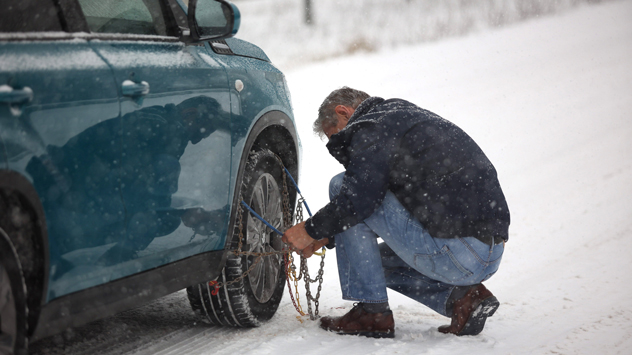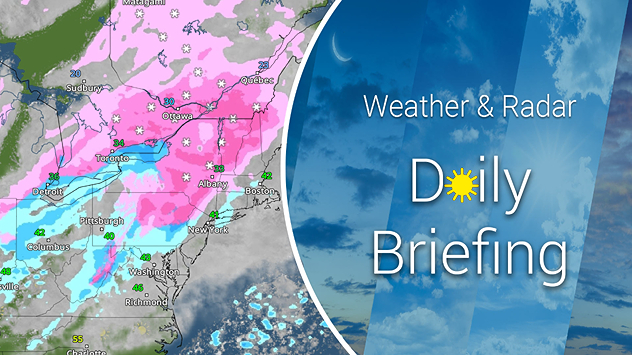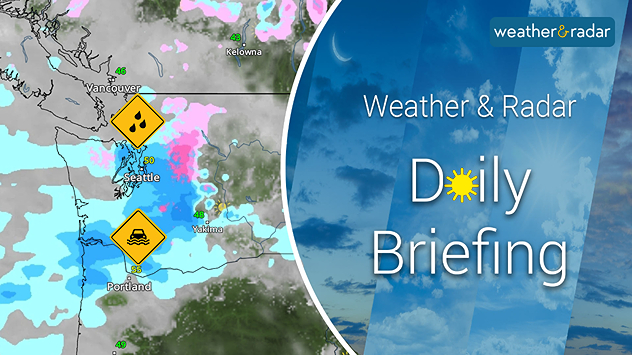Ian eyes Florida6 easy steps to take now to be ready

Know your hurricane risk: wind, storm surge, flooding, etc. Remember that tropical systems not only affect coastal areas, but flooding can extend well inland. Find out if you are in an evacuation zone and, get to know your local offices of emergency management. These are the entities you will need to follow guidance from if a storm threatens. Be aware of any special needs or additional help you might require, such as extra medication, supplies, and caring for members of your household. Make a plan to make sure these are covered first if you are at risk. Make sure to start, or adjust, any work that your home needs in order to be hurricane-strength in case you are not in an evacuation zone. Think about any additional strengthening you can do ahead of time and save money in the process. Look for discounts and offers. There are lots of nonperishable foods you can start gathering for your emergency supply kit. Perhaps there is a good promotion at the store or good coupons. Take advantage of it! Peace of mind! Revise your insurance policy. Many times, insurance companies will not allow changes once the season starts or if there is a storm nearby. There is a 30-day waiting period for FEMA flood insurance from the National Flood Insurance Program to become effective. Now is the time to make sure your risks will be covered.





